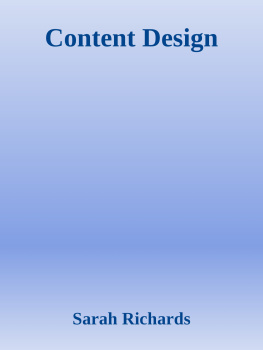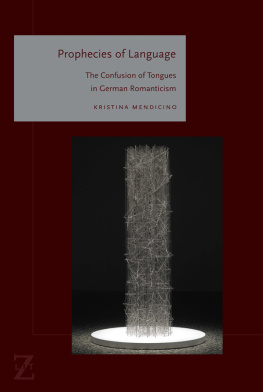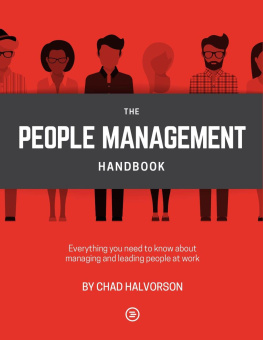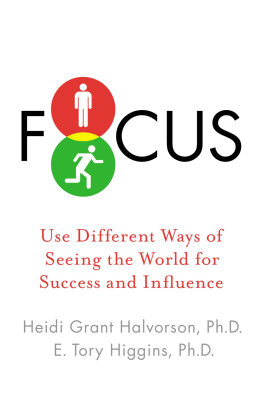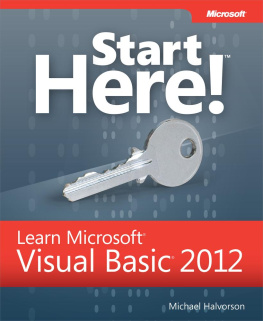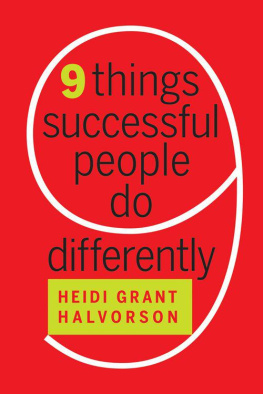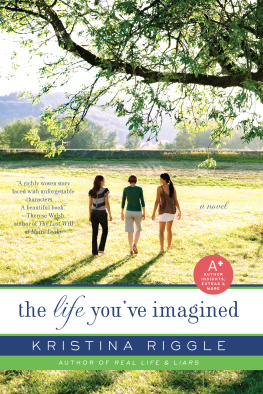Halvorson Kristina - Content Design
Here you can read online Halvorson Kristina - Content Design full text of the book (entire story) in english for free. Download pdf and epub, get meaning, cover and reviews about this ebook. City: London, year: 2017, publisher: Content Design, genre: Home and family. Description of the work, (preface) as well as reviews are available. Best literature library LitArk.com created for fans of good reading and offers a wide selection of genres:
Romance novel
Science fiction
Adventure
Detective
Science
History
Home and family
Prose
Art
Politics
Computer
Non-fiction
Religion
Business
Children
Humor
Choose a favorite category and find really read worthwhile books. Enjoy immersion in the world of imagination, feel the emotions of the characters or learn something new for yourself, make an fascinating discovery.
- Book:Content Design
- Author:
- Publisher:Content Design
- Genre:
- Year:2017
- City:London
- Rating:4 / 5
- Favourites:Add to favourites
- Your mark:
- 80
- 1
- 2
- 3
- 4
- 5
Content Design: summary, description and annotation
We offer to read an annotation, description, summary or preface (depends on what the author of the book "Content Design" wrote himself). If you haven't found the necessary information about the book — write in the comments, we will try to find it.
Content Design — read online for free the complete book (whole text) full work
Below is the text of the book, divided by pages. System saving the place of the last page read, allows you to conveniently read the book "Content Design" online for free, without having to search again every time where you left off. Put a bookmark, and you can go to the page where you finished reading at any time.
Font size:
Interval:
Bookmark:
Foreword While most of us were off chasing the next new-new internet tricks, a group of UK strategists and designers led by Sarah Richards had quietly redefined the standards for how a government could serve its constituents online. And they didnt do it with fancy technology, innovative design, or a horde of expensive consultants: they did it with words. Our industry pays a lot of lip-service to user-centered content. Put the user first, we say. Anticipate their needs. Prioritize their preferences.
Deliver delightful experiences! The problem is that all too often, we dont actually spend the time or money to find out what our users really, truly care about in the first place. As deadlines loom, we begin to allow our assumptions drive the bus. We already know our users, because weve been serving them for such a long time. Or, Our research didnt really give us quite the right information, but well just use what we have for now. Good web teams arent lazy about research. They arent satisfied with half-baked personas.
They dont just kick content out the door and move on to the next thing. They are relentless about asking better questions, analyzing data, and iterative improvement. Theyre in it for the long haul, and theyre in it for the user. Thats essentially why GOV.UK succeeds. Its why content strategists around the world point to the site again and again as an example of what can be done if you are brave enough to let user-centered content lead the way. And it does take courage.
When you are reinventing an online service from the ground up, theres nowhere to hide. Either you nail it or you dont. Sarahs team nailed it, and they did it with the most straightforward, honest approach to design Ive ever seen. They defined measurable goals, identified key obstacles, navigated them with data-based decisions, and delivered an unparalleled user experience designed solely with content. Whats more, they did it out in the open, bringing the rest of us along for the ride. That work continues today, in no part thanks to Sarahs visionary articulation of the value of content design.
Sarah is a consummate problem-solver. Her work in content design has given us a flexible set of tools to identify, articulate, and meet our users most important needs. Above all else, she is pragmatic in her work she has no time for silver bullets or the next big thing. Shes straightforward in her approach and unrelenting in her pursuit of simplicity, both in her own instruction and in what she delivers to the user. All that said: she knows her readers. She knows we are word fanatics.
That we strive 24/7 to empathize with our audiences. That, more than anything, we want to do meaningful work that contributes to the success of both our users and our organizations. We are her audience. And shes done the hard work to help us succeed. This book is the result of that hard work. Read it, re-read it, and keep it close at hand.
It will help you build a better web. Kristina Halvorson May 2017 Founder, Brain Traffic and Confab Events Author, Content Strategy for the Web This
This book is not about design as in graphics, icons, look and feel, colours, interaction and so on. Its about the content that sits within the design. Contents 1 Introduction Preparation
When your job is to decide which one of those, or which combination of several of them, meets the users need thats content design. A quick history of publishing Humans have been communicating for a long Introduction 3 time cave paintings can be dated back 40,000 years. The first writing systems are thought to have emerged in ancient Sumer (modern-day Iraq) around 3200 BC. Since then, humans have evolved, adapted, lost and revamped their communication techniques. But one thing has stayed the same: we want other people to consume our thoughts, feelings, goods and services, and well adapt to make that happen. Fast-forward to today: the internet is a (relatively) new thing, and for the most part were still adapting to make best use of it.
In the early days, many people assumed that publishing online just meant taking everything that already existed offline, on paper, and just shoving it on a website. (Some are still doing this.) But that approach doesnt work well. Since developing paper, the printing press and books, the process of publishing was: writer writes editor edits printer prints Easy. All nicely defined in a lovely linear process. In the early days of the web, some online publishing worked like this: writer writes writer publishes (with or without editing or sign-off) That was brilliant. We could all publish our thoughts Sarah Richards faster.
We didnt have lengthy subbing processes or months to wait for something to be designed and printed. We were reading faster, publishing faster, learning faster, becoming a community faster. As the search engines themselves got better, we had to work harder to make our websites stand out. The concept of search engine optimisation (SEO) was born, and many web content producers took it to heart. Online publishing in lots of places now looks like this: writer writes SEO team adds SEO keywords editor edits legal expert signs off publishing team publishes Which is much better. And to be fair, a lot of organisations do well with this process.
But it has some flaws. Want vs need The write, SEO, sub, publish type of publishing doesnt necessarily take into account what users actually need. Sometimes, users dont need to read anything. What a user wants and what they need might be two different things. For example, a person may want a quick, easy solution to a complicated debt problem. Introduction 5 What they need, however, is a series of easy-to-follow steps to get them out of debt which may not be quick or easy at all.
Next pageFont size:
Interval:
Bookmark:
Similar books «Content Design»
Look at similar books to Content Design. We have selected literature similar in name and meaning in the hope of providing readers with more options to find new, interesting, not yet read works.
Discussion, reviews of the book Content Design and just readers' own opinions. Leave your comments, write what you think about the work, its meaning or the main characters. Specify what exactly you liked and what you didn't like, and why you think so.

